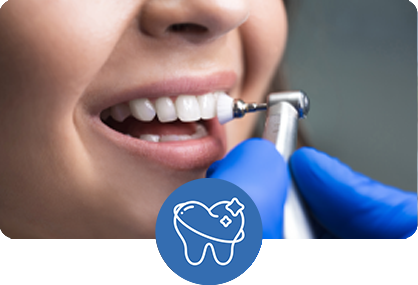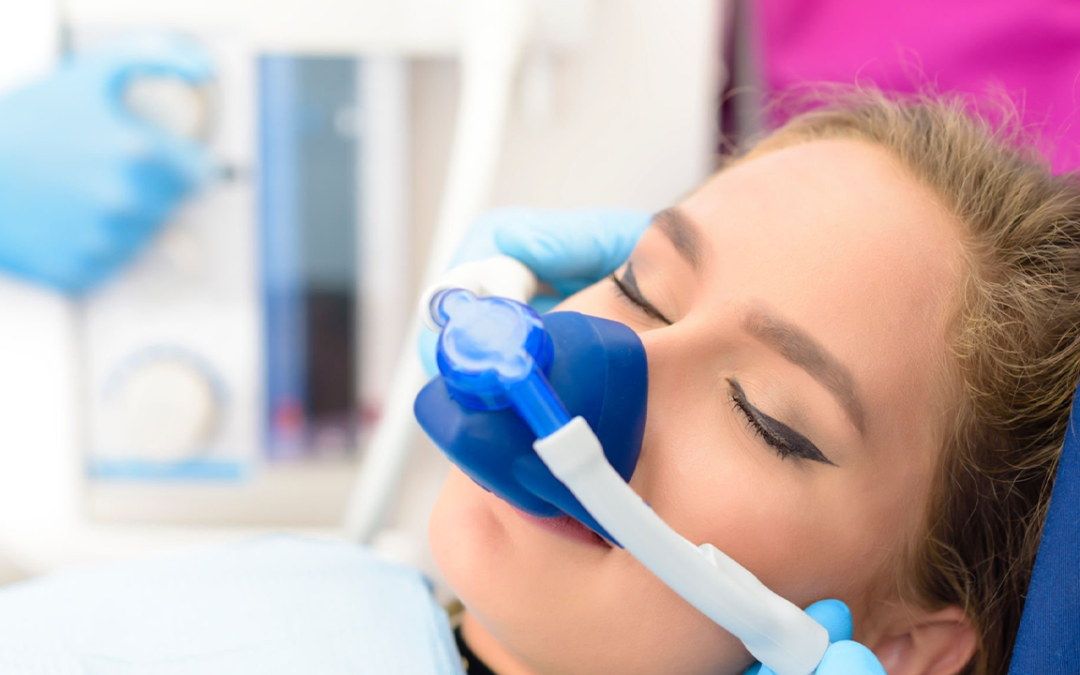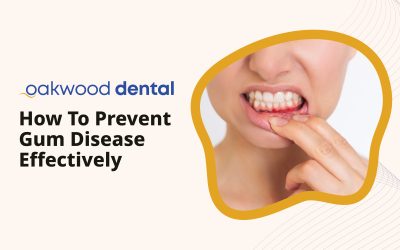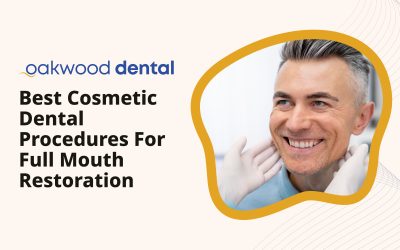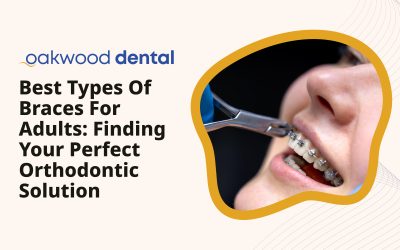Modern Dental Technology Advancements
- Digital imaging technologies provide better diagnostic capabilities
- 3D printing changes treatment planning and implementation
- Advanced screening tools like VELscope improve early detection
- Modern cosmetic procedures deliver faster, more comfortable results
- Digital communication tools make the patient experience smoother
- Anxiety-reducing technologies create more comfortable visits
Introduction to Modern Dental Technology
Dental care has changed a lot in recent years. New technologies have changed how dentists diagnose, treat, and talk with patients. Today’s dental offices use cutting-edge tools that make visits better while giving better results. These new tools aren’t just about keeping up with trends—they really change the patient experience from the first appointment to long-term care. These new tools help both dentists and patients by making everything more efficient, accurate, and comfortable.
Modern dental offices now use digital tools to make treatments more efficient, comfortable, and effective. From digital imaging that shows problems more clearly to patient management systems that make communication easier, these technologies are changing every part of dental visits. For patients who are scared of the dentist—about one-third of adults—these improvements are especially helpful because they make procedures less invasive and more comfortable. The mental benefits of these improvements are huge, as many patients who used to avoid the dentist because of fear can now get treatment in a more relaxed setting.
New dental technology has really helped patients who are afraid of the dentist. With improved oral health procedures that don’t hurt as much and feel better, many patients find their dental visits much less scary. This technology revolution isn’t just changing treatments—it’s changing the whole patient experience. From the first visit to follow-up care, digital tools have created a smoother, clearer, and more patient-focused experience. Research shows that about 75% of adults feel some dental anxiety, with about 10-15% avoiding dental care completely because they’re so afraid. The new anxiety-reducing technologies and more comfortable treatment options have been shown to help patients follow their recommended care plans much better.
Advanced Digital Imaging Technologies
Digital imaging has completely changed how dental professionals diagnose and plan treatments. These technologies provide much clearer images and detail, allowing for more accurate diagnoses and better treatment planning. The change from traditional film x-rays to digital imaging is one of the biggest technological improvements in modern dentistry, with major effects on diagnostic accuracy, treatment planning, and patient education.
3D Cone Beam CT Scanning
Three-dimensional imaging has revolutionized diagnostics in dentistry. Unlike regular two-dimensional X-rays, 3D Cone Beam CT scans show detailed views of the teeth, soft tissues, nerve pathways, and bone structure in a single scan. This complete view allows for more precise treatment planning, especially for complex procedures like full mouth implant restorations. The ability to see anatomical structures in three dimensions has greatly improved the success rates of surgical procedures, allowing dentists to spot potential problems before they happen and develop more accurate treatment plans for each patient’s unique anatomy.
The benefits of 3D imaging go beyond just better diagnostics. These scans expose patients to much less radiation than traditional CT scans while providing more detailed information. Also, the ability to see a complete view of the oral structures helps patients better understand their conditions and proposed treatments. Studies have shown that patients who can see their dental conditions through 3D imaging are more likely to accept recommended treatments and report higher satisfaction with their overall dental experience. Modern cone beam CT systems can reduce radiation exposure by up to 90% compared to conventional medical CT scanners, while still providing the detailed information needed for complex treatment planning.
Digital Intraoral Cameras
Digital intraoral cameras have transformed patient education and treatment planning. These small, pen-sized cameras take high-resolution pictures of the inside of a patient’s mouth, showing them in real-time on a monitor. This technology allows both dentists and patients to see detailed views of dental issues that might not be visible to the naked eye. The magnification capabilities of these cameras can reveal early signs of problems such as hairline fractures, beginning decay, and gum inflammation before they become more serious conditions requiring extensive treatment.
By providing visual evidence of dental conditions, intraoral cameras improve patient understanding and communication. Patients who can see their dental issues are more likely to understand the need for recommended treatments, leading to better treatment acceptance and improved outcomes. Research shows that treatment acceptance rates increase by about 25-30% when intraoral camera images are used during patient consultations. These visual aids serve as powerful educational tools, helping patients become more engaged in their oral health care and make better informed decisions about treatment options. The digital nature of these images also allows for easy storage in patient records and sharing with specialists when referrals are needed.
Revolutionary 3D Printing in Dentistry
3D printing technology has dramatically changed dental procedures, offering amazing precision and efficiency in creating dental appliances and prosthetics. This revolutionary manufacturing approach has disrupted traditional dental laboratory processes by bringing production capabilities directly into the dental office, greatly reducing wait times and improving the accuracy of dental restorations.
Custom Dental Prosthetics and Appliances
3D printing technology allows for the creation of highly customized dental prosthetics with remarkable precision. From crowns and bridges to dentures and surgical guides, these digitally designed appliances fit more accurately and comfortably than traditionally manufactured alternatives. The digital workflow begins with intraoral scanning to create a precise digital impression, followed by computer-aided design (CAD) to create the virtual model of the restoration, and finally computer-aided manufacturing (CAM) through 3D printing to produce the physical product. This streamlined process eliminates many of the variables and potential errors associated with traditional impression and laboratory fabrication methods.
The SprintRay technology used in modern dental practices has revolutionized how dentists approach dental implant procedures and restorations. This advanced 3D printing system allows for the creation of surgical guides, temporary restorations, and even certain permanent prosthetics in-house, often in a single visit. The precision of these digitally designed and manufactured components greatly improves the fit and function of dental restorations, with studies showing marginal discrepancies as low as 25-50 microns compared to 100-150 microns with traditional methods. This improved accuracy means longer-lasting restorations with less risk of secondary decay and other complications.
Advanced Screening and Diagnostic Tools
Modern dental practices now use sophisticated screening tools that can detect oral health issues earlier and more accurately than ever before. These advanced diagnostic technologies enable dentists to identify problems at their earliest stages when they are typically easier and less expensive to treat, supporting a more preventive approach to dental care.
VELscope Oral Cancer Screening
Early detection is crucial in effectively treating oral cancer. The VELscope system is a major advancement in oral cancer screening technology, using fluorescent light to identify abnormal tissue that might not be visible during a regular examination. This non-invasive screening tool works by exposing oral tissues to a specific wavelength of light, causing normal tissues to glow green while potentially abnormal tissues appear dark. This visual contrast helps clinicians identify suspicious areas that need further investigation, potentially detecting cancerous and pre-cancerous lesions before they cause symptoms.
The VELscope examination is quick, painless, and non-invasive, taking just a few minutes to complete. This technology is particularly important for patients with risk factors for oral cancer, including tobacco use, alcohol consumption, previous cancer diagnosis, and HPV infection. By including VELscope screenings in routine dental examinations, dentists can detect potential issues at their earliest and most treatable stages. Clinical studies have shown that VELscope technology can improve the detection of oral abnormalities by up to 400% compared to visual examination alone. This enhanced detection capability is critical considering that the five-year survival rate for oral cancer exceeds 80% when detected early but drops below 50% when diagnosed at advanced stages.
Innovations in Cosmetic Dentistry
Technological advancements have greatly enhanced cosmetic dental procedures, making treatments more efficient, comfortable, and natural-looking. These innovations have expanded the possibilities for smile enhancement while also reducing the invasiveness of many cosmetic procedures, allowing more patients to achieve their aesthetic goals with minimal compromise to their natural dental structures.
No-Prep Veneers Technology
Traditional veneers often require significant removal of tooth structure, making the procedure irreversible. No-prep veneers represent a revolutionary approach to smile enhancement, requiring minimal or no alteration of the natural teeth. This conservative approach preserves healthy tooth structure while still providing dramatic aesthetic improvements, making cosmetic dental enhancements accessible to patients who may have been hesitant to pursue traditional veneer treatment due to concerns about the irreversible nature of the procedure.
These ultra-thin porcelain shells are custom-made to fit over the front surface of teeth, instantly transforming their appearance. The procedure is typically completed without shots or drilling, making it a comfortable option for patients seeking cosmetic dental improvements. The result is a natural-looking smile enhancement with minimal disruption to the patient’s natural teeth. Advanced ceramic materials used in modern no-prep veneers can be as thin as 0.3mm while still providing remarkable strength and optical properties that mimic natural tooth enamel. Clinical studies have shown that properly placed no-prep veneers can have longevity comparable to traditional veneers, with 10-year survival rates exceeding 90% in many cases.
Advanced Implant Technologies
Dental implant procedures have been revolutionized by technological advancements, making them more predictable, comfortable, and successful than ever before. These innovations have transformed implant dentistry from a specialized procedure with variable outcomes to a routine treatment option with exceptional success rates and patient satisfaction.
Computer-Guided Implant Placement
Computer-guided implant surgery represents a significant advancement in implant dentistry, using 3D imaging and specialized software to plan and execute implant placement with unprecedented precision. This technology allows for virtual implant placement in optimal positions based on both the available bone structure and the prosthetic requirements, ensuring that the implants will provide ideal support for the final restoration while avoiding anatomical structures such as nerves, sinuses, and adjacent tooth roots.
The process begins with a detailed 3D scan of the patient’s jaw, which is used to create a virtual model for implant planning. This model allows the dentist to determine the optimal position, angle, and depth for each implant before the actual surgery. A surgical guide is then created based on this plan, ensuring that the implants are placed exactly as designed. Clinical studies have demonstrated that computer-guided implant placement can achieve accuracy within 0.5mm of the planned position, compared to potential deviations of 2-3mm with freehand placement techniques.
This technology not only improves the accuracy of implant placement but also often makes the procedure less invasive, with reduced surgical time and faster healing. For patients, this means a more comfortable experience with better long-term results. Research has shown that computer-guided implant surgery can reduce operative time by up to 50% and post-operative pain and swelling by approximately 30-40% compared to traditional implant placement methods. The improved precision also contributes to higher implant success rates, with studies reporting 98-99% survival rates for implants placed using guided surgery protocols.
Patient Comfort Technologies
Enhancing patient comfort during dental visits has been a key focus of technological innovation in dentistry. These advancements address one of the most significant barriers to dental care—anxiety and fear—by creating more pleasant, less stressful treatment experiences for patients of all ages.
Anxiety-Reducing Technologies
Dental anxiety affects a significant portion of the population, with many patients avoiding necessary care due to fear. Modern dental practices now employ various technologies specifically designed to reduce anxiety and create a more comfortable experience. These innovations range from environmental modifications to advanced sedation options and distraction techniques, all aimed at helping patients feel more at ease during dental procedures.
Advanced sedation options like computer-controlled nitrous oxide delivery systems provide precise, adjustable levels of sedation to help patients relax during procedures. Virtual reality (VR) systems are also being integrated into dental practices, allowing patients to immerse themselves in calming virtual environments during treatment. Clinical studies have shown that VR distraction can reduce perceived pain by up to 50% during certain dental procedures and significantly decrease anxiety levels in both kids and adults. Similarly, computer-controlled nitrous oxide delivery systems allow for more precise control of sedation levels, providing just enough relaxation without the excessive sedation that can be uncomfortable for some patients.
Conclusion
The rapid advancement of dental technology has fundamentally transformed the patient experience, making dental care more comfortable, efficient, and effective than ever before. From advanced imaging and 3D printing to AI-assisted diagnostics and anxiety-reducing technologies, these innovations are reshaping every aspect of dental practice. The overall effect of these technological advancements goes beyond clinical outcomes to create a more patient-centered approach to oral health care that addresses both the physical and psychological aspects of dental treatment.
Modern dental practices that embrace these technological advancements are able to provide higher quality care while improving patient comfort and convenience. Digital imaging technologies allow for more accurate diagnoses, while 3D printing enables the creation of custom dental appliances with unprecedented precision. Advanced screening tools like the VELscope system help detect oral health issues at their earliest stages, and innovations in cosmetic dentistry provide more natural-looking results with less invasive procedures. The integration of these technologies into comprehensive care protocols has been shown to significantly improve clinical outcomes while simultaneously enhancing the patient experience, creating a win-win scenario for both dental professionals and the patients they serve.
Perhaps most importantly, these technological advancements have made dental care more accessible and less intimidating for patients who experience anxiety about dental visits. Through a combination of anxiety-reducing technologies, pain management innovations, and streamlined digital communication, modern dental practices are creating more positive experiences that encourage regular dental care and better long-term oral health outcomes. As technology continues to evolve, we can expect even more significant improvements in the dental patient experience in the years to come, further reducing barriers to care and helping more people achieve and maintain optimal oral health throughout their lives.

 718-979-2121
718-979-2121